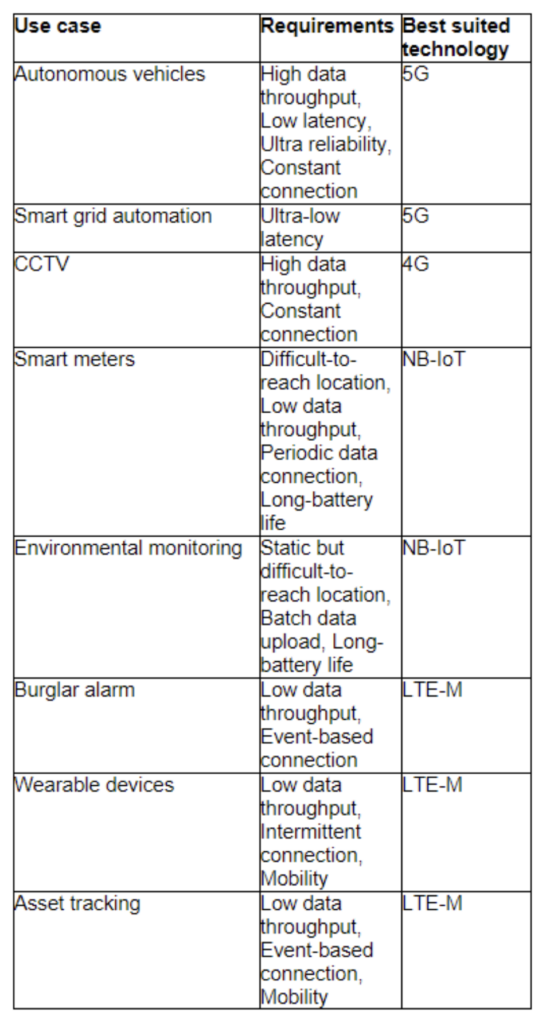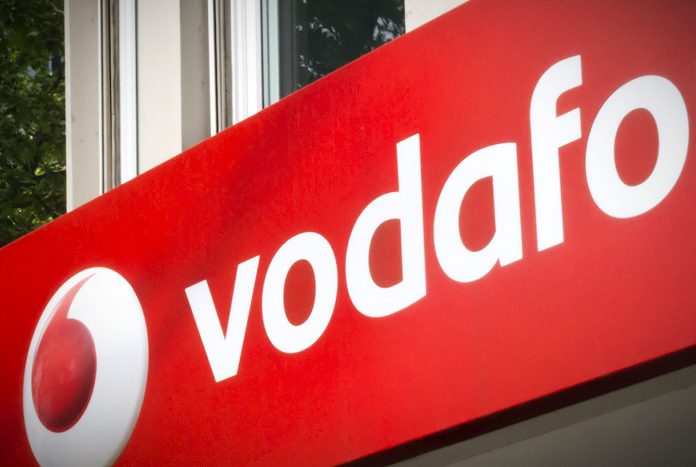Vodafone has said enterprise customers in the UK now have all the necessary cellular-based IoT tools at their disposal, after it switched on LTE-M services in its home market. The operator, which has hitherto steered customers looking to connect battery-powered IoT monitoring applications onto its NB-IoT network, now has a twin-set of low-power wide-area network (LPWAN) technologies available, to go alongside higher-powered 4G and 5G services, offered variously on public and private network combinations with network edge (MEC) and enterprise edge solutions.
LTE-M is also referred to as Cat-M, and uses the 4G-LTE as the bearer network. It explained: “With [the ability] to offer LTE-M, NB-IoT, 4G and 5G IoT connectivity to customers, there is a technology solution available for every type of use case and every customer’s needs. [We] can also support customers on a wider digital transformation journey, thanks to investments in other technology segments such as mobile private networks and multi-access edge compute (MEC), as well as developing partner ecosystems to help create applications and services.”
It said IoT is not a “buzzword” anymore, but a “low-key yet wide-ranging technology” that is “already changing lives in many ways”. It also flagged its managed connectivity platform and application program interfaces (APIs) – to get diagnostics on IoT fleet performance and integrate with backend IT systems, respectively – as key parts of its offer to enterprise. As well, it talked up its global network of roaming partners and technology providers – to “create a single interface to the world of IoT connectivity”. Vodafone has 1,400 IoT staff and 160 million IoT connections, it said.
Vodafone offered a primer of sorts, and a cheat sheet (see below). At the low-power end, LTE-M and NB-IoT signals go further than their 4G and 5G equivalents, and their power profiles are reduced to support battery devices running simple monitoring and tracking solutions for up to 10 years in the field. Note, the standard 10-year battery-life statistic only applies to NB-IoT, for highly optimised and reduced usage; LTE-M devices do not last so long, even if they support multi-year cycles. LTE-M is suited to apps that require mobility and “event-based connectivity”, such as asset tracking.

NB-IoT is optimised for difficult to reach locations and batch data upload – “such as underground water pipes or smart meters in basements”. NB-IoT and LTE-M support “typical download/upload speeds” of 20 kbps and 300 kbps, respectively. 4G and 5G technologies are geared for higher-throughput IoT use cases, requiring lower latency and continuous connectivity – “to analyse data in real-time when combined with edge computing, and transfer larger data sets,” said Vodafone.
It suggested use cases including video analysis, autonomous vehicles, and smart factories.
It will be interested to know when and where it slots reduced capability (RedCap) 5G into the equation, and also how it is pitching LTE Cat 1bis.
Nick Gliddon, business director at Vodafone UK, said: “When you have a data-led business, decisions are driven by insight not by assumption. IoT has the potential to revolutionise business, but we must make it accessible to all. The power of LTE-M is the ability to choose the right tools for the right job. 5G might be the right choice for some IoT use cases, whereas LTE-M might be better for others. By enabling LTE-M to sit alongside 4G, 5G, and NB-IoT, we are providing a tech-agnostic solution for customers. This is about picking the right solution, at the right price point.”

